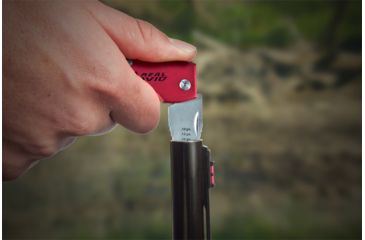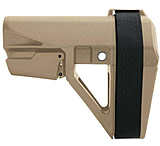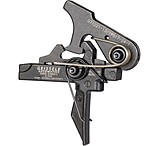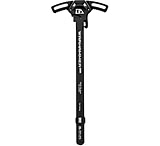Introduction:
A shotgun choke is a device in the muzzle of the shotgun barrel that shapes and/or constricts how the shot spreads as it leaves the barrel. A tighter constriction will keep the shot pattern tighter at yardage. Chokes can be fixed or interchangeable.![]()
Interchangeable chokes screw into the barrel, but you must match the thread pitch on the choke to the thread pitch on the barrel. They are not a universal thread pitch. Chokes can be extended (protrude outside the barrel) or flush, as well as ported or not ported. Extended chokes tend to pattern slightly better and can often be removed by hand. Ported chokes can sometimes reduce felt recoil, but the amount they do so can differ between various guns and ammo.
Common Types of Chokes:
- Cylinder - "Open Choke" or 0 constriction creates a large diameter pattern, ideal for shots less than 20 yards
- Skeet - .005" constriction, ideal for shots around 22 yards
- Improved Cylinder -.01" constriction, ideal for shots around 25 yards
- Light Modified - .015" constriction, ideal for shots around 30 yards
- Modified - .02" constriction, ideal for shots around 32 yards
- Improved Modified - .025" constriction, ideal for shots around 35 yards
- Light Full - .03" constriction, ideal for shots around 37 yards
- Full - .035" constriction which creates a small diameter pattern, especially useful for distance shots at 40 yards or greater
- Extra Full - .04" constriction, ideal shot shots 40 yards or greater
The most common chokes, often included with a shotgun, are improved cylinder, modified, and full. There are also rifled chokes, used with sabot slugs to create spin on the projectile.
Pattern:
Patterning your shotgun is shooting at a target to determine the percentage of pellets hitting within a 30-inch circle at a distance of 40 yards.
Uses for Choke Tubes:
Your application and average distance determines which choke is best for you. A full choke or turkey choke keeps a tight pattern so that you can put the majority of the shot into a turkey's head. An improved cylinder or skeet choke will give some constriction but still allow spread so you can hit moving targets in the air like clay birds or waterfowl.
These are guidelines to help you in your choke selection. Some people like to pick chokes that have versatile utility so they don't have to keep changing them while other people like to change their choke to have the best option for a particular application. As long as you are selecting the right choke for your gun and ammo, the exact amount of constriction desired is up to you.









